What makes shark skin so tough and fast isn’t one thing but millions: dermal denticles, the tiny, tooth-like scales that armor a shark from snout to tail. They’re made of the same hard material as teeth.
Each denticle is etched with grooves…
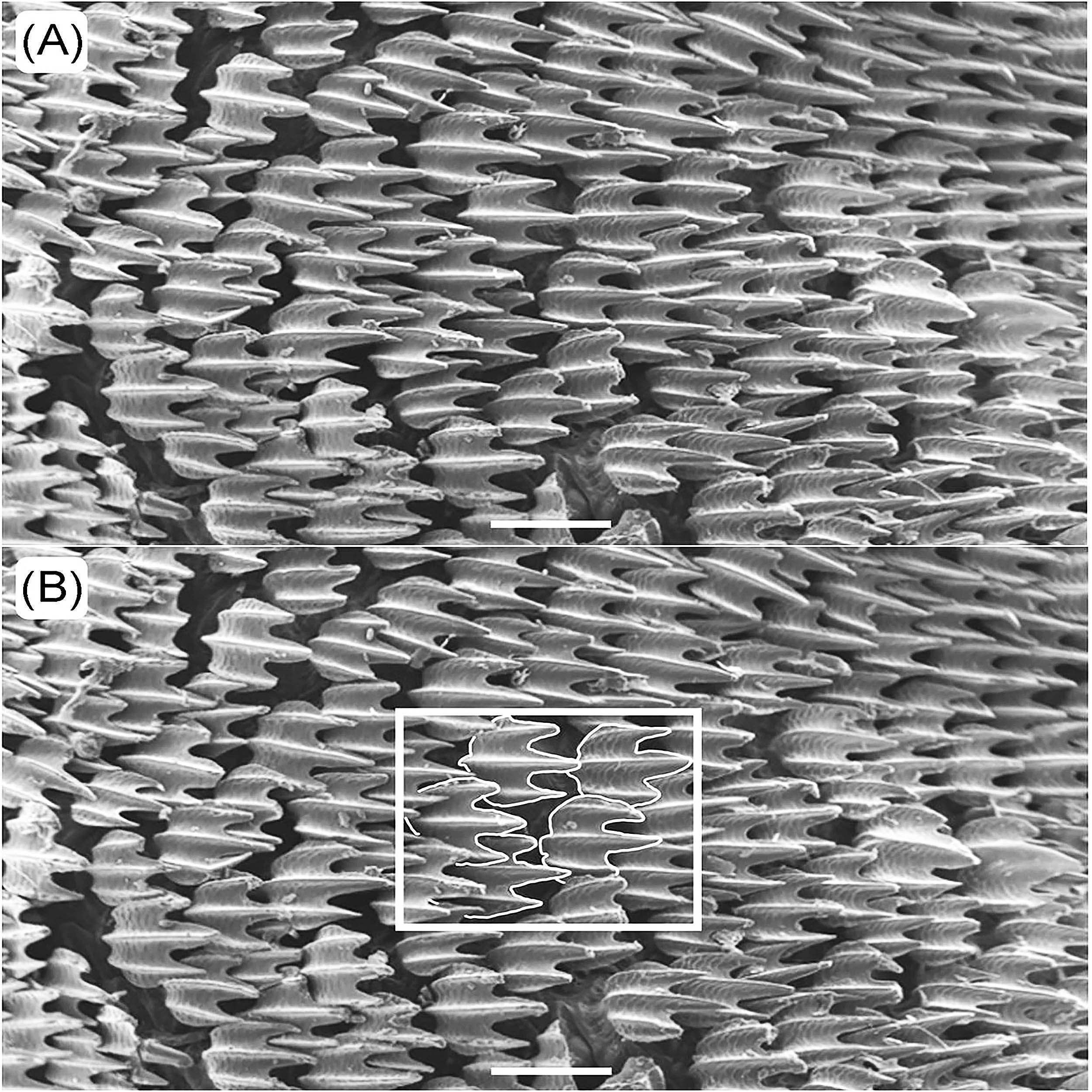
What makes shark skin so tough and fast isn’t one thing but millions: dermal denticles, the tiny, tooth-like scales that armor a shark from snout to tail. They’re made of the same hard material as teeth.
Each denticle is etched with grooves…
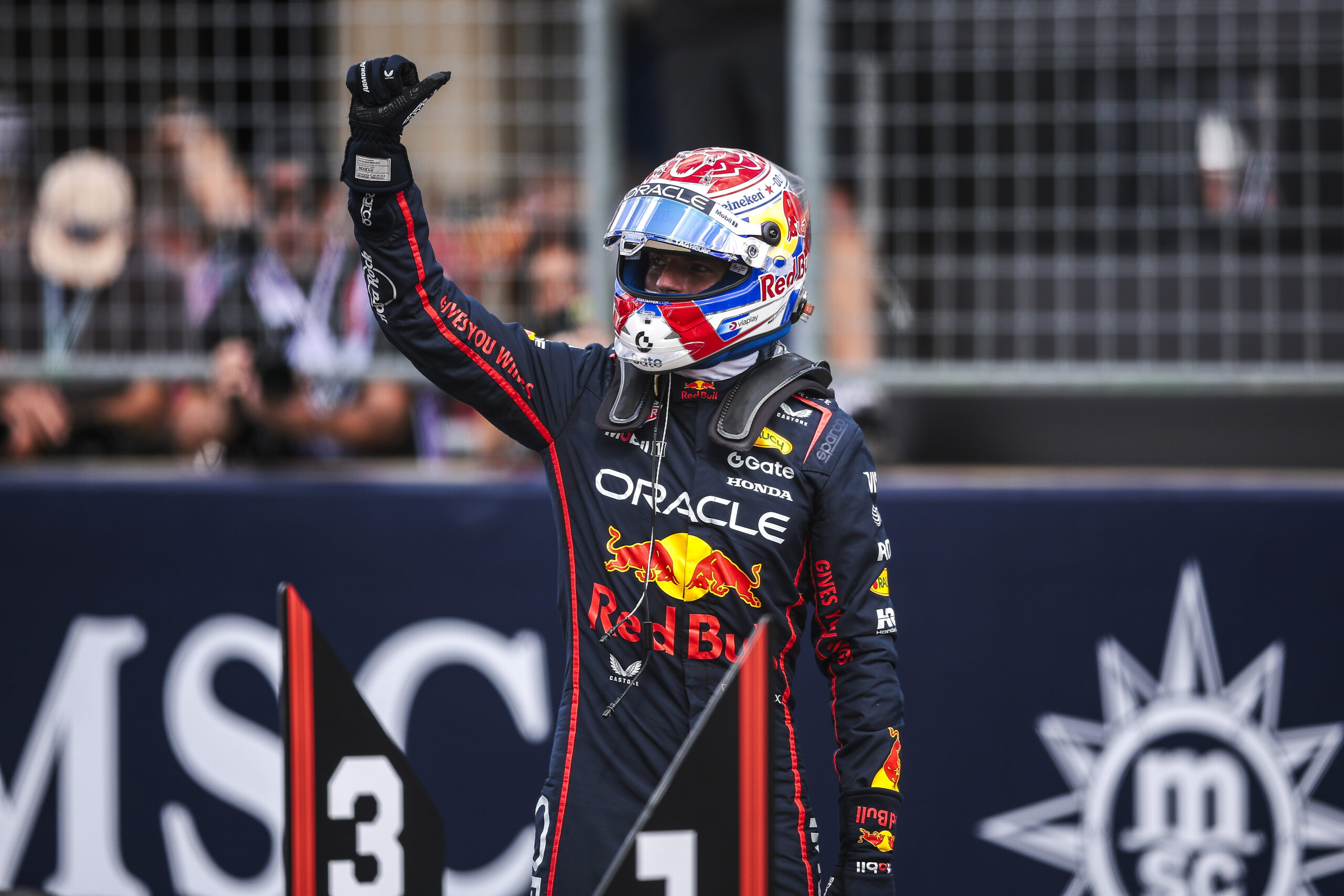
Red Bull Racing’s Max Verstappen took his third consecutive Austin Sprint win, beating Mercedes’ George Russell and Williams’ Carlos Sainz to the flag as McLaren title contenders Lando Norris and Oscar Piastri were knocked out of…

Kevin Hartz tends to be first through the door. In 2001, he co-founded Xoom, back when sending money across borders meant standing in line at Western Union. In 2013, it went public, and in 2015, PayPal paid $1.1 billion for it. Four years after launching Xoom, he co-founded Eventbrite, which went public in 2018 and turned buying event tickets into something you could do without wanting to throw your laptop in the ocean.
After a stint at Founders Fund, Hartz co-founded his own venture firm, A* Capital (a nod to a computer science algorithm), then in 2020, he spotted another trend before the masses: the SPAC boom. His blank-check company, “one,” swallowed up 3D printing outfit Markforged in a $2.1 billion reverse merger in 2021, right as every other financier in Silicon Valley suddenly decided SPACs were the future.
Now Hartz is onto his next thing — teenage founders, not as a social experiment but as an unplanned investment thesis. His firm recently cut a check to Aaru, an AI-powered prediction engine with one founder who was too young to get his driver’s license at the time. Hartz is not alone in this by any stretch. The dropout-and-build movement, made most famous by founders like Steve Jobs, Bill Gates, and Mark Zuckerberg, is becoming a standard lifestyle choice for a certain kind of ambitious kid.
Consider Cory Levy, who was interning at Founders Fund, Union Square Ventures, and Techstars while still in high school, then bailed on the University of Illinois after freshman year. Today he runs Z Fellows, a one-week accelerator that hands technical founders — even high schoolers — $10,000 grants. When Levy dropped out a decade ago, the Thiel Fellowship was a radical new idea. Now, the “community of dropouts is at an all-time high,” he told Business Insider last spring. “At a big group dinner of 15 or 20 people, we’ll look around the table, and no one has a college degree.”
It’s becoming enough of a “thing” that the accelerator Y Combinator, which has quietly reinforced drop-out culture since its outset, recently rolled out a program that’s designed for students who want to start companies but don’t want to drop out. The program allows them to apply while still in school, get accepted and funded immediately, and defer their participation in YC until after they graduate. (For YC, known for being countercultural, the move is very on brand.)
Naturally, TechCrunch has been covering the trend: see here and here and here. But to learn more, I’ll be sitting down with Hartz at the StrictlyVC event inside TechCrunch’s rollicking Disrupt show, kicking off in San Francisco on Monday, October 27. (Hartz is talking on Tuesday, October 28.)

Workers in Blizzard’s Hearthstone and Warcraft Rumble teams have voted to unionise with the Communications Workers of America.
Over 100 software engineers, designers, artists, quality assurance testers, and producers voted to join…

Apple may be planning to release an updated Developer Strap for the Vision Pro next week, according to a hint on its website.
On its visionOS resources page for developers, Apple says the Developer Strap will be available to order again starting…
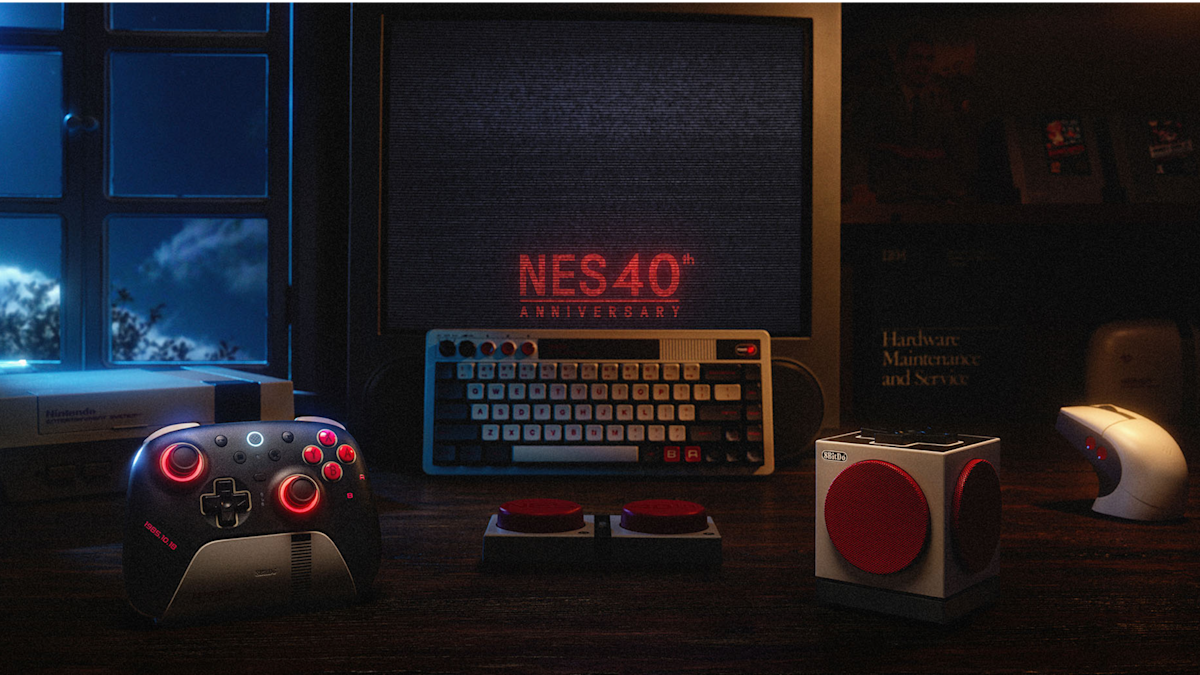
It’s been 40 years to the day since the Nintendo Entertainment System made its US debut, and to celebrate, gaming accessory maker 8BitDo has unveiled a line of NES-themed products. The includes a limited edition version of the company’s that…
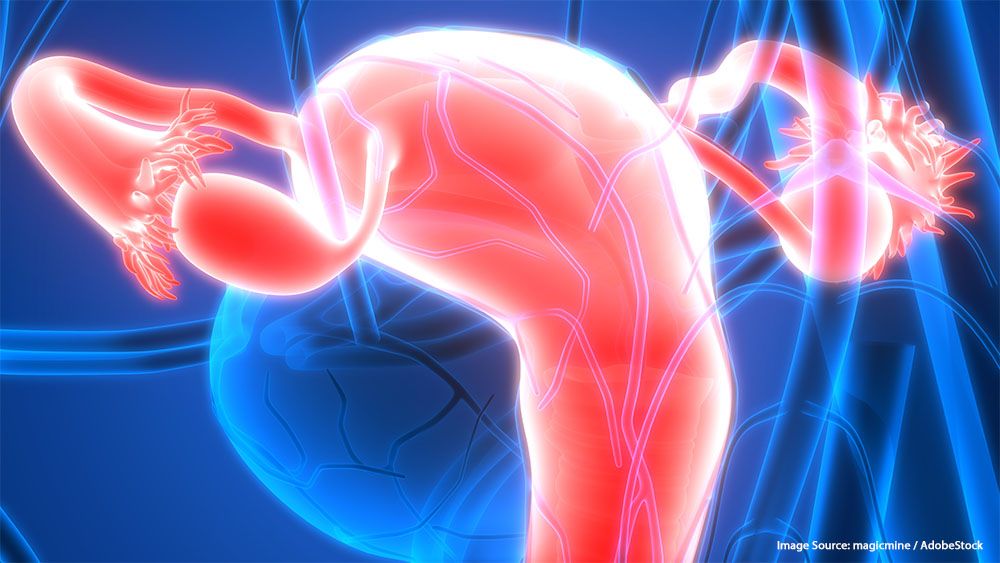
Pembrolizumab (Keytruda) in combination with weekly paclitaxel, with or without bevacizumab (Avastin), statistically significantly improved progression-free survival (PFS) regardless of PD-L1 status and overall survival (OS) in PD-L1–expressing tumors in patients with platinum-resistant recurrent ovarian cancer (PRROC). These findings came from the phase 3 ENGOT-ov65/KEYNOTE-B96 trial (NCT05116189) and were shared at the
The analysis was broken down between the population of patients with a combined positive score (CPS) of 1 or higher and the intention-to-treat population. Furthermore, data were broken down between interim analysis 1 (IA1), which had a data cutoff date of April 3, 2024, and interim analysis 2 (IA2), which had a data cutoff date of May 5, 2025.
At IA1, the median PFS was 8.3 months (95% CI, 7.0-9.4) in the pembrolizumab arm compared with 7.2 months (95% CI, 6.2-8.1) in the placebo arm, with 12-month PFS rates of 35.2% (95% CI, 28.8%-41.7%) vs 22.6% (95% CI, 17.0%-28.7%), respectively (HR, 0.72; 95% CI, 0.58-0.89; P = .0014).
At IA2, the median PFS was 8.3 months in the pembrolizumab arm compared with 7.2 months in the placebo arm (HR, 0.75; 95% CI, 0.61-0.91); the 12-month PFS rates were 35.9% vs 23.9%, respectively, and the 18-month rates were 18.7% vs 10.5%.
The median OS was 18.2 months (95% CI, 15.3-21.0) in the pembrolizumab arm compared with 14.0 months (95% CI, 12.5-16.1) in the placebo arm, with 12-month OS rates of 69.1% vs 59.3%, and 18-month OS rates of 51.5% vs 38.9%, respectively (HR, 0.76; 95% CI, 0.61-0.94; P = .0053).
The objective response rate (ORR) was 53.0% (95% CI, 45.8%-60.0%), with a complete response (CR) rate of 9.9% and a partial response (PR) rate of 43.1%, in the pembrolizumab arm; in the placebo arm, the ORR was 46.6% (95% CI, 39.6%-53.7%), with a CR rate of 7.8% and a PR rate of 38.7%. The 12- and 18-month duration of response (DOR) rates in the pembrolizumab arm were 46.7% and 28.4% compared with 29.6% and 16.4% in the placebo arm.
At IA1, the median PFS was 8.3 months (95% CI, 7.2-8.6) with pembrolizumab compared with 6.4 months (95% CI, 6.2-8.1) with placebo, with 12-month PFS rates of 33.1% (95% CI, 27.7%-38.5%) and 21.3% (95% CI, 16.6%-26.4%), respectively (HR, 0.70; 95% CI, 0.58-0.84; P <.0001).
At IA2, the median PFS was 8.3 months vs 6.4 months, respectively (HR, 0.73; 95% CI, 0.62-0.86); the 12-month PFS rates were 33.7% vs 22.5%, and the 18-month PFS rates were 17.3% vs 9.0%.
The ORR was 50.4% (95% CI, 44.3%-56.4%), with a CR rate of 8.3% and a PR rate of 42.0%, in the pembrolizumab arm; in the placebo arm, the ORR was 40.8% (95% CI, 35.0%-46.8%), with a CR rate of 6.0% and a PR rate of 34.8%.Furthermore, the 12- and 18-month DOR rates in the pembrolizumab arm were 46.6% and 26.5% compared with 28.4% and 14.5% in the placebo arm.
“These data support the use of pembrolizumab plus weekly paclitaxel, with or without bevacizumab, as a new standard of care for patients with PRROC,” presenting author Nicoletta Colombo, MD, PhD, of the Gynecologic Oncology Program at the European Institute of Oncology, IRCCS, in Milan, Italy, and the Department of Medicine and Surgery at the University of Milan-Bicocca in Italy, wrote with coauthors in the presentation.
Any-grade treatment-related adverse events (TRAEs) occurred in 97.8% of the pembrolizumab arm and 95.3% of the placebo arm; grade 3 or higher TRAEs occurred in 67.5% and 55.3%, respectively. TRAEs were serious in 33.1% and 19.5%, led to death in 0.9% and 1.6%, and led to discontinuation of any treatment in 35.9% and 28.0%.
Any-grade immune-mediated AEs occurred in 39.1% and 18.9%, and grade 3 or higher events occurred in 11.6% and 3.5%. They were serious events in 10.9% and 2.2%, and led to treatment discontinuation in 6.9% and 2.5%.
The most common TRAEs in both groups included anemia (49.7% vs 42.1%, respectively), peripheral neuropathy (38.8% vs 31.1%), alopecia (37.8% vs 34.0%), fatigue (35.3% vs 33.0%), and nausea (31.3% vs 27.4%). The most common immune-mediated AEs were hypothyroidism (17.8% vs 6.0%), infusion reactions (5.9% vs 4.7%), and hyperthyroidism (5.0% vs 0.6%).
A total of 643 patients with histologically confirmed epithelial ovarian, fallopian tube, or primary peritoneal carcinoma were enrolled in the trial and randomly assigned to either the pembrolizumab arm (n = 322) or the placebo arm (n = 321). Treatment was either pembrolizumab at 400 mg once every 6 weeks for 18 cycles or placebo on the same schedule; all patients received paclitaxel at 80 mg/m2 on days 1, 8, and 15 of each 3-week-long cycle, and they either did or did not receive bevacizumab at 10 mg/kg every 2 weeks.
Patients were enrolled in the trial if they had received 1 or 2 prior lines of therapy with at least 1 platinum-based chemotherapy; prior anti-PD-1 or anti-PD-L1 agents, PARP inhibitors, and bevacizumab were permitted. Additionally, patients had radiographic progression within 6 months after the last dose of platinum-based chemotherapy and an ECOG performance status of 0 or 1.
The primary end point of the trial was PFS per RECIST v1.1 by investigator assessment, and a key secondary end point was OS.
The median age of patients was 62 years vs 61 years in the pembrolizumab vs placebo arm, 64.3% and 67.6% of patients were White, 41.3% and 41.1% had a PD-L1 CPS from 1 to less than 10, and 31.4% and 31.2% had a PD-L1 CPS of at least 10.
Colombo N, Zsiros E, Sebastianelli A, et al. Pembrolizumab vs placebo plus weekly paclitaxel ± bevacizumab in platinum-resistant recurrent ovarian cancer: Results from the randomized double-blind phase 3 ENGOT-ov65/KEYNOTE-B96 study. Presented at: European Society of Medical Oncology Congress 2025; October 17–20, 2025; Berlin, Germany. Abstract LBA3.

Gold price fell slightly on Friday, October 17, but ended the week with the biggest rise since 2020. Gold futures dropped over 1% to around $4,260 an ounce after hitting an intraday high of $4,380. Despite the dip, gold was up 7% for the week as investors bought the precious metal amid uncertainty, Yahoo Finance reported.
Kyle Rodda, senior financial market analyst, said a “perfect storm” of global factors has pushed gold prices higher. Rising trade tensions between the United States and China, expectations of another Federal Reserve rate cut, and worries about regional banks have all driven investors toward safe-haven assets like gold.
Rodda, who is a market analyst at Capital.com, described the surge as “parabolic,” noting that prices have risen unusually fast. “Gold is sending an ominous message about the future,” he said. “It could be pointing to global instability or a sign of speculation that might burst later.”
Gold’s year-to-date performance has been remarkable, up nearly 59%. Central banks worldwide have been buying gold at record levels, while a weaker US dollar and falling interest rates have made holding gold more attractive than cash or bonds.
At the same time, gold-backed exchange-traded funds (ETFs) saw record inflows last quarter, highlighting strong appetite from both retail and institutional investors.
A Bank of America Fund Managers Survey recently found that gold is the most crowded trade in the market, beating out the “Magnificent Seven” tech stocks. 39% of fund managers have no gold, 35% have 2-4% of their portfolio in gold.
Also Read: Gold, silver prices hit records on US credit fears and ‘US-China trade war’
Several major banks have lifted their gold price targets. BofA analysts reiterated their “long gold” call, predicting prices could reach $6,000 per ounce by mid-2026. Goldman Sachs raised its forecast to $4,900 by the end of next year, and JPMorgan expects prices could climb to $6,000 by 2029.
For now, gold’s upsurge is due to global uncertainty and investor nervousness. Whether it continues or becomes a bubble will depend on how central banks and the world economies react to inflation, rate cuts and geopolitical risks in the coming months.
Also Read: No Kings protests to sweep US as millions plan to march against Trump’s policies
Gold prices rose due to trade tensions, rate-cut expectations, and worries about banks, making investors buy gold as a safe option.
Gold futures reached an intraday high of around $4,380 an ounce before ending the week near $4,260.
Experts say prices may rise further if global uncertainty, inflation, and interest rate cuts continue, but some warn it could become a bubble.
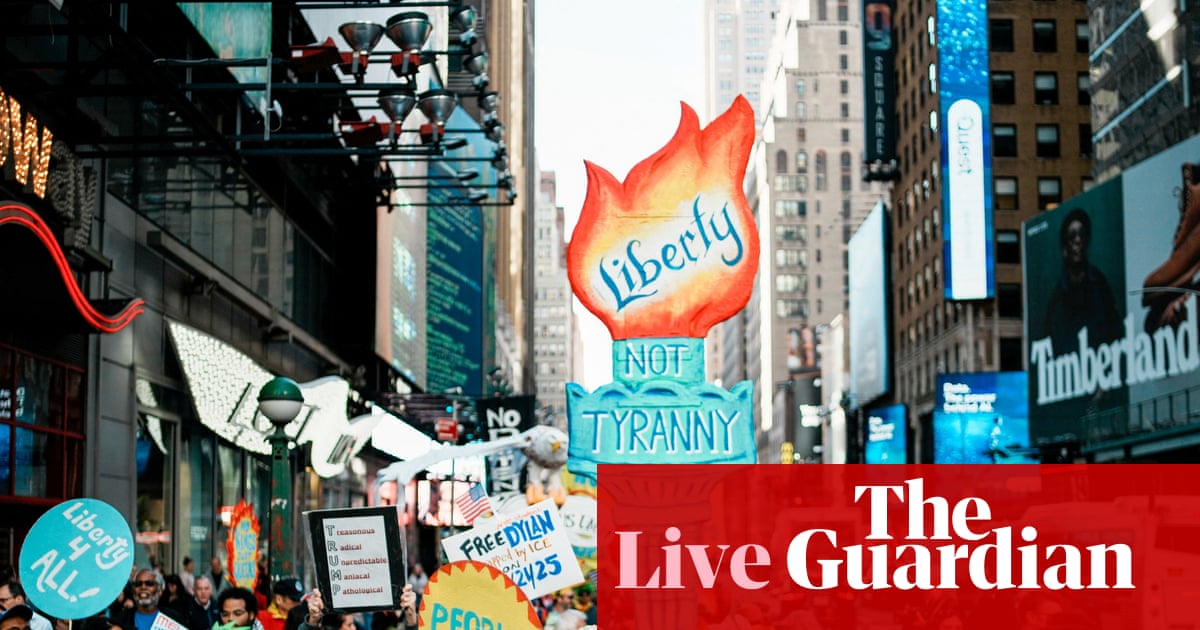
Rachel Leingang
Millions are expected to show out for protests on Saturday at more than 2,500 locations across America, from small towns to large cities, to speak against the Trump administration.